Exploring Dan Brown's The Da Vinci Code: Symbols, History, And Controversy

Table of Contents
Decoding the Symbols in The Da Vinci Code
Symbolism forms the very bedrock of The Da Vinci Code's narrative. Brown masterfully weaves a tapestry of visual and metaphorical clues, challenging readers to decipher their meaning and unravel the story's central mystery. The novel's impact lies not just in its thrilling plot but in its clever use of symbols to convey deeper meanings and provoke thought.
-
The Holy Grail: Initially perceived as a literal chalice holding the blood of Christ, the Holy Grail in The Da Vinci Code takes on a significantly more profound, metaphorical interpretation. It represents the bloodline of Jesus and Mary Magdalene, a secret lineage protected for centuries by secret societies. This shift from physical artifact to symbolic representation of a historical secret adds a layer of intrigue and complexity.
-
The Rosy Cross: This symbol, deeply rooted in alchemy and esotericism, appears throughout the novel. Its association with secret societies and the pursuit of hidden knowledge reflects the book's core themes of esotericism and the search for suppressed truth. The Rosy Cross’ historical context adds an air of authenticity, grounding the fiction in elements of real-world symbolism.
-
The Fibonacci Sequence and the Golden Ratio: These mathematical concepts, present in nature and art, are subtly woven into the narrative. Their appearance underscores the book's themes of hidden patterns and the underlying structure of seemingly chaotic events. The use of these principles adds a layer of intellectual intrigue, hinting at a deeper, pre-ordained structure to the mystery.
-
Hidden Imagery and Codes: Brown employs clever wordplay, anagrams, and hidden visual clues within the text itself. These internal codes mirror the puzzles that the protagonists encounter, engaging the reader in the process of uncovering the truth alongside Robert Langdon and Sophie Neveu. This active engagement significantly contributes to the immersive experience.
Historical Context and Factual Accuracy in The Da Vinci Code
The Da Vinci Code uses real historical figures and events as a backdrop for its fictional narrative. While the book blends fact and fiction, its liberties with historical accuracy sparked significant controversy.
-
Historical Figures: The novel features prominent historical figures like Jesus Christ and Mary Magdalene, whose portrayal differs significantly from traditional interpretations. The book's depiction of Mary Magdalene as Jesus's wife, for instance, is a highly debated point, contradicting established canonical accounts.
-
Historical Organizations: The book presents fictionalized accounts of real-world organizations, most notably:
-
The Priory of Sion: While a real-life Priory of Sion exists, its history is far less dramatic than Brown’s portrayal. The novel's depiction significantly enhances its mystique and mystery, albeit at the expense of historical accuracy. The novel's version is a secret society dedicated to protecting the bloodline of Jesus and Mary Magdalene.
-
Opus Dei: This Catholic organization is depicted in a highly controversial light, with certain aspects of its practices and beliefs exaggerated or misinterpreted, leading to accusations of bias and misrepresentation.
-
-
Blending Fact and Fiction: The Da Vinci Code masterfully blends historical research with fictional elements. While this creative license enhances the narrative, it necessitates critical evaluation of the book's claims, separating documented facts from the author's creative interpretations. This blending of fact and fiction is a hallmark of historical fiction, which often uses real historical settings and figures to provide a framework for imaginative storytelling.
The Controversies Surrounding The Da Vinci Code
The publication of The Da Vinci Code ignited a firestorm of controversy. The book's unorthodox depiction of religious history and its bold claims prompted strong reactions from religious groups, scholars, and the public.
-
Religious Backlash: Many religious groups criticized the novel for its perceived blasphemy and its challenges to traditional interpretations of Christian history. The book's suggestions about the nature of Jesus's relationship with Mary Magdalene sparked outrage and accusations of heresy.
-
Accusations of Inaccuracies: Historians and scholars criticized the book's numerous historical inaccuracies and misrepresentations, arguing that it presented speculative theories as established facts. These accusations highlighted the importance of separating creative license from documented historical evidence.
-
Public Debate and Lawsuits: The novel's popularity generated significant public debate, encompassing discussions about religious freedom, historical accuracy, and the limits of artistic expression. Lawsuits were filed, further intensifying the controversy and underscoring the novel's potent influence.
-
Cultural Impact: Despite (or perhaps because of) the controversy, The Da Vinci Code had a significant impact on popular culture, fueling public discussions about religion, history, and the ongoing search for truth. The novel's lasting legacy is its ability to provoke dialogue and challenge readers to consider alternative perspectives.
A Lasting Legacy of Mystery and Debate – The Da Vinci Code
The Da Vinci Code remains a fascinating and controversial work of historical fiction. Its masterful use of symbolism, its intriguing blend of fact and fiction, and the intense debates it sparked have cemented its place in popular culture. The book's exploration of religious history, secret societies, and the enduring search for truth continues to resonate with readers, prompting ongoing discussion and interpretation.
Have you read The Da Vinci Code? What are your thoughts on its symbols, its historical accuracy, and the controversies it generated? Share your interpretations and opinions in the comments below! Let's continue the discussion surrounding this captivating and provocative work of fiction and explore the many facets of The Da Vinci Code's enduring legacy.

Featured Posts
-
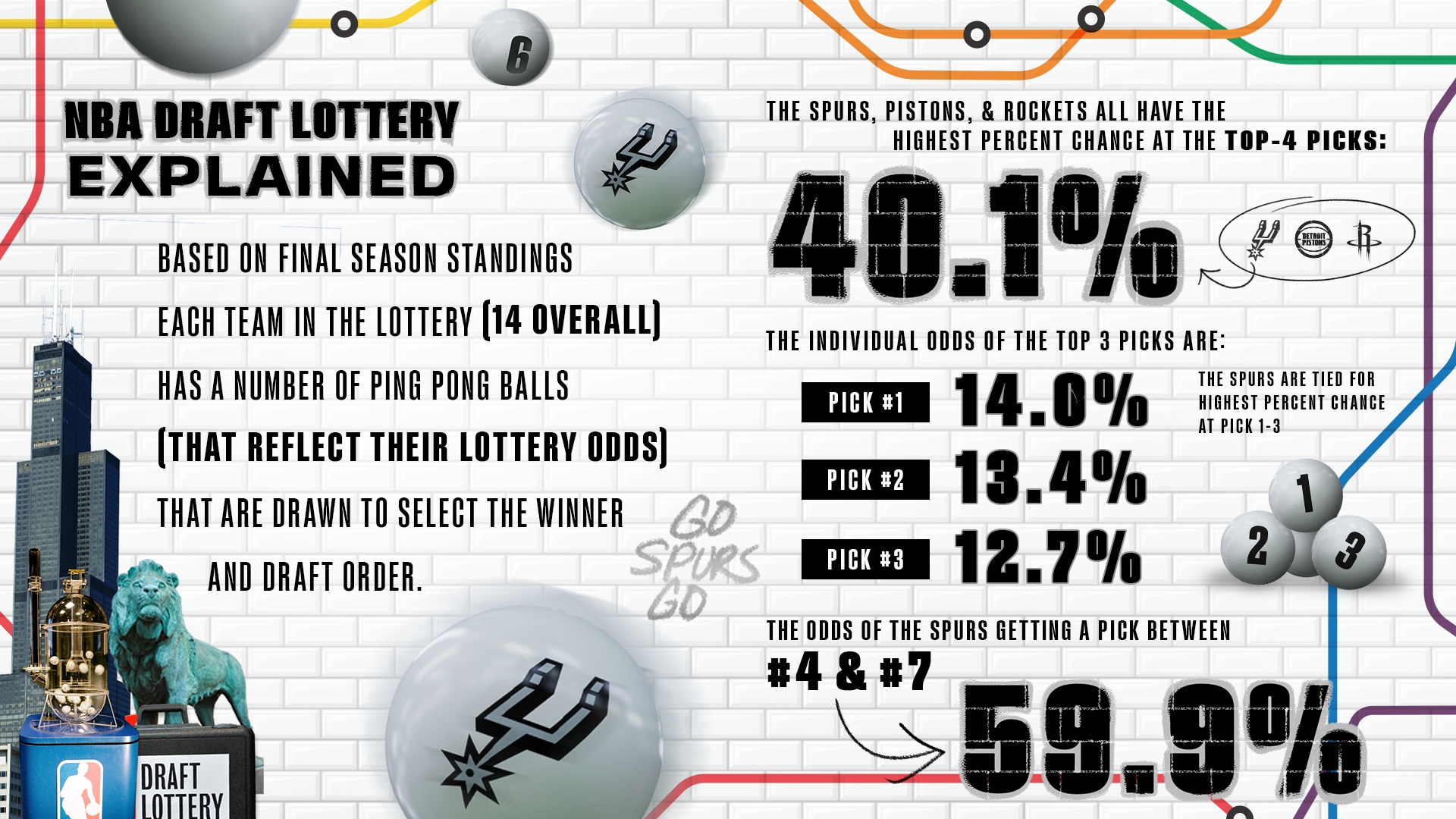 Sixers Nba Draft Lottery Odds How To Watch And What To Expect
May 13, 2025
Sixers Nba Draft Lottery Odds How To Watch And What To Expect
May 13, 2025 -
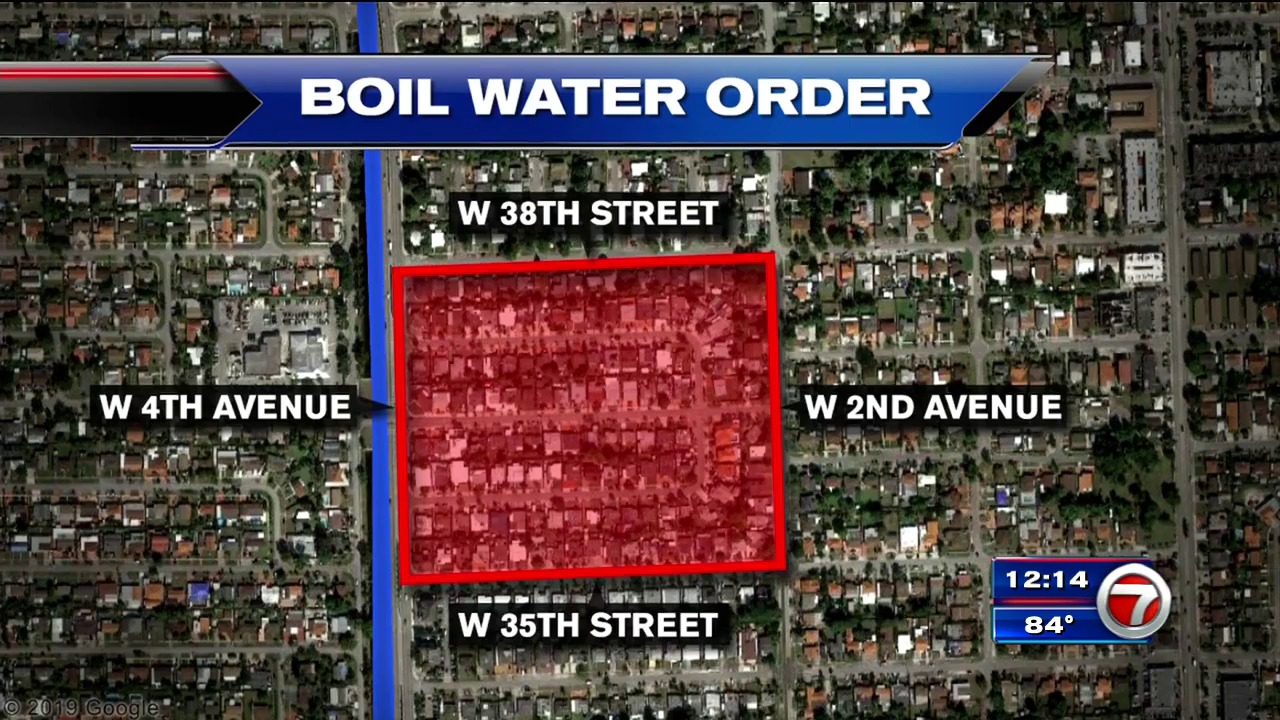 Ogeechee Road Neighborhood On Boil Water Notice
May 13, 2025
Ogeechee Road Neighborhood On Boil Water Notice
May 13, 2025 -
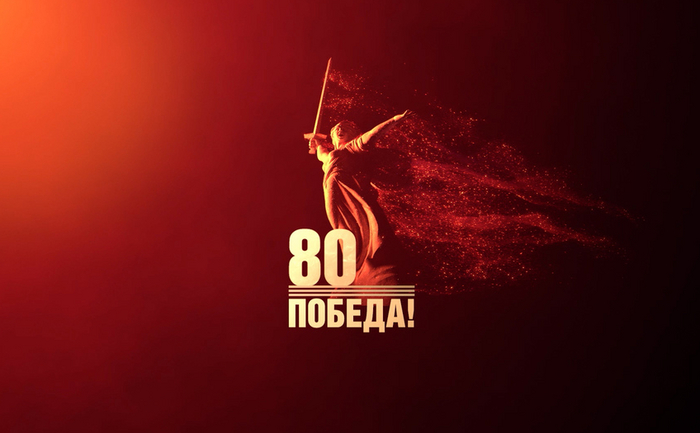 80 Let Pobedy Finansovaya Podderzhka Veteranov V Eao
May 13, 2025
80 Let Pobedy Finansovaya Podderzhka Veteranov V Eao
May 13, 2025 -
 Diddys Ex Cassie Pregnant Again
May 13, 2025
Diddys Ex Cassie Pregnant Again
May 13, 2025 -
 Blow Your Mind Unforgettable Adventures And Extraordinary Encounters
May 13, 2025
Blow Your Mind Unforgettable Adventures And Extraordinary Encounters
May 13, 2025
Latest Posts
-
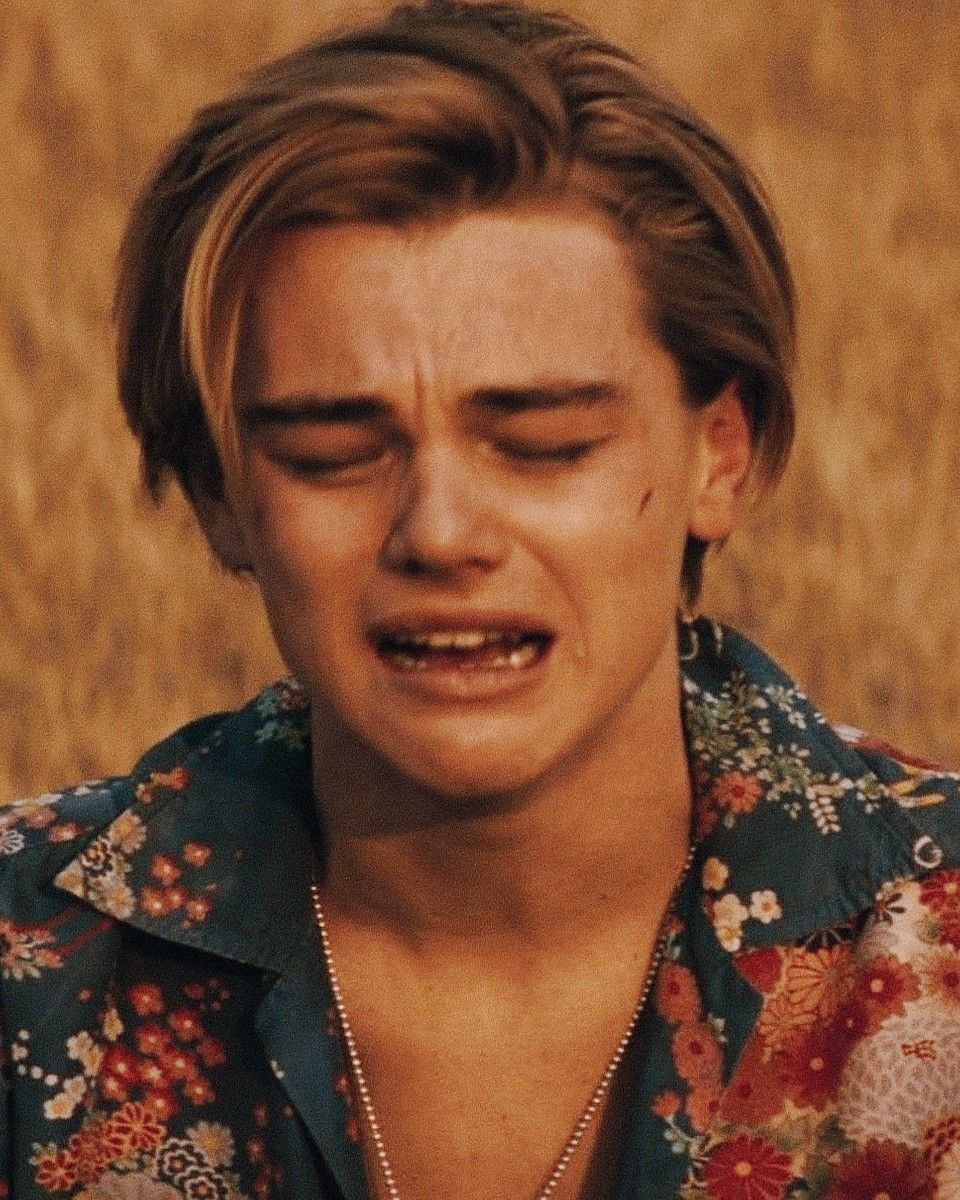 Leonardo Di Caprio And Romeo Juliet A Rollerblading Story You Wont Believe
May 13, 2025
Leonardo Di Caprio And Romeo Juliet A Rollerblading Story You Wont Believe
May 13, 2025 -
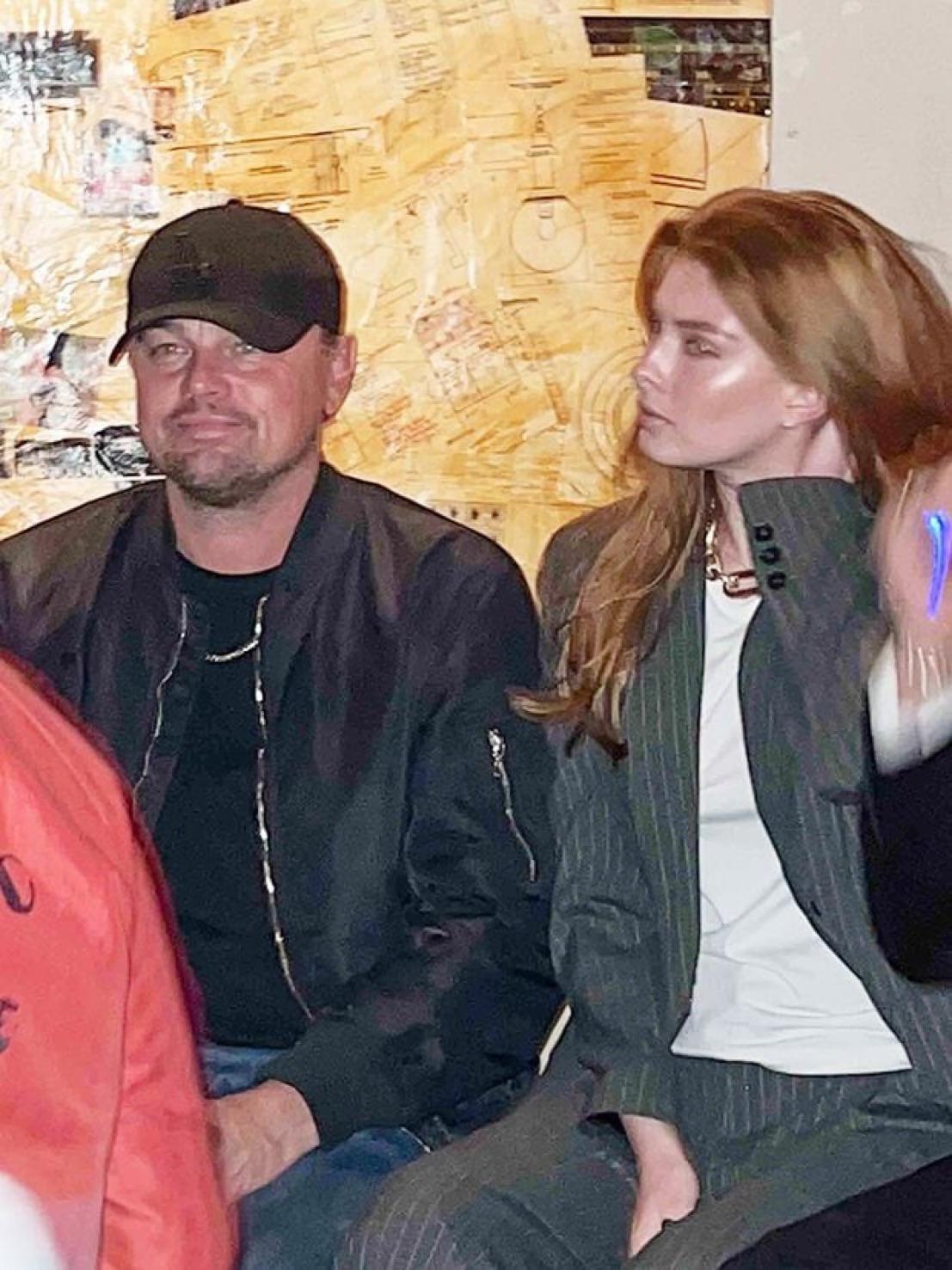 Leonardo Di Caprios Near Miss The Romeo Juliet Rollerblading Incident
May 13, 2025
Leonardo Di Caprios Near Miss The Romeo Juliet Rollerblading Incident
May 13, 2025 -
 The Real Story Behind Leonardo Di Caprios Dating Habits
May 13, 2025
The Real Story Behind Leonardo Di Caprios Dating Habits
May 13, 2025 -
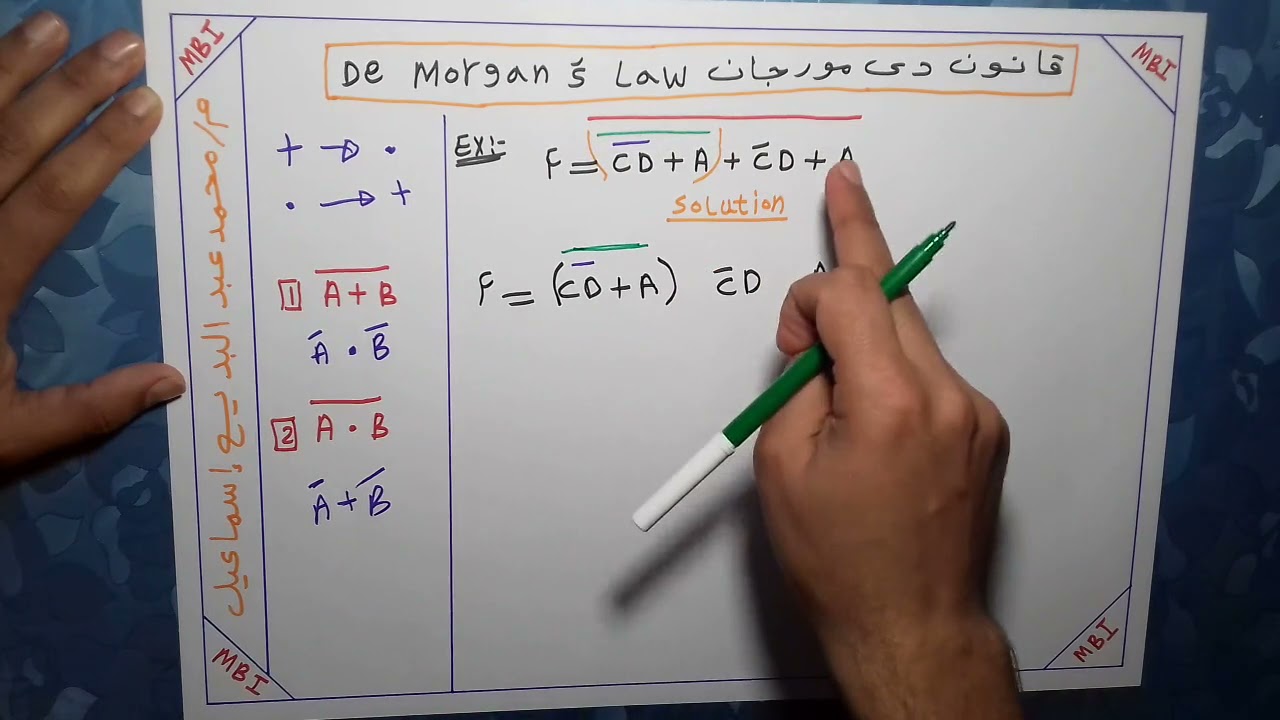 Qanwn Dy Kabryw Fy Almwaedt Hl Hw Hqyqy Thlyl Lelaqth Alakhyrt
May 13, 2025
Qanwn Dy Kabryw Fy Almwaedt Hl Hw Hqyqy Thlyl Lelaqth Alakhyrt
May 13, 2025 -
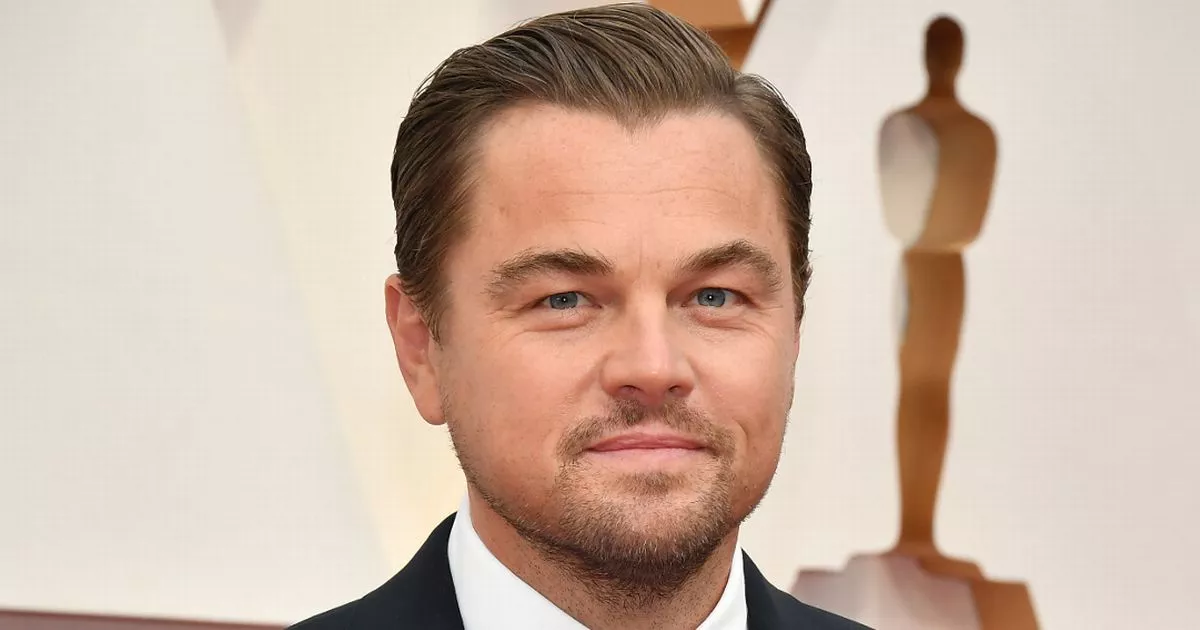 Did Leonardo Di Caprio Break His Own Dating Rule Analysis Of His Latest Relationship
May 13, 2025
Did Leonardo Di Caprio Break His Own Dating Rule Analysis Of His Latest Relationship
May 13, 2025
